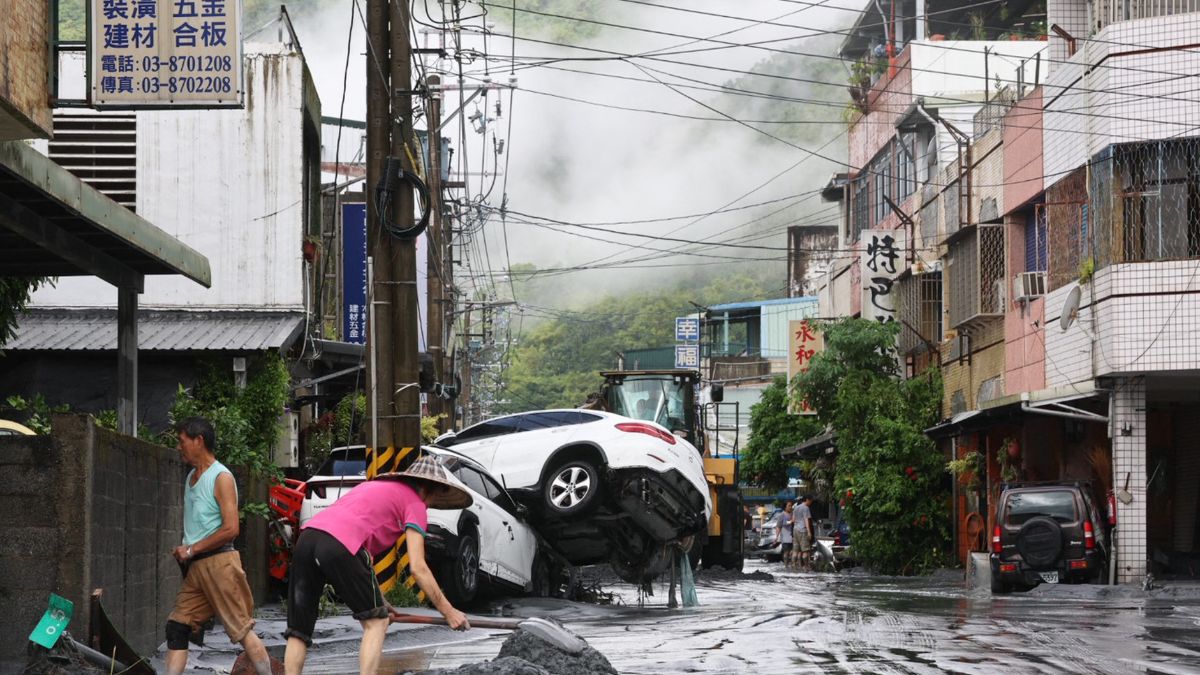As many as 14 people have died in Taiwan as Super Typhoon Ragasa battered its way to Hong Kong, causing a lake to burst in the island nation. Ragasa is expected to make landfall in China on Wednesday, skirting just 100 kilometres south of Hong Kong.
After leaving a trail of destruction in Taiwan and the Philippines, Typhoon Ragasa fell trees, flooded at least two seaside neighbourhoods, while buildings across the city rattled and swayed in the strong winds.
The super typhoon also killed at least two people while ripping through the northern Philippines.
The Hong Kong Observatory said, “There will be overtopping waves over the shoreline, which will be particularly significant along the eastern and southern coasts. Under the influence of significant storm surge, around two to three metres of rise in water level are expected over the coast of Hong Kong today.”
China’s Ministry of Emergency Management said the typhoon is expected to make landfall along Guangdong’s coast between Zhuhai and Zhanjiang from midday to late Wednesday.
Ragasa batters Taiwan
In Taiwan, heavy rain caused a barrier lake in Hualien County to overflow on Tuesday and torrents of muddy water destroyed a bridge, turning roads in Guangfu township into churning rivers that carried vehicles and furniture away.
Guangfu has about 8,450 people, more than half of whom sought safety on higher floors of their homes or on higher ground. Local authorities said 14 people died and contact was lost with 124 others in the township. Taiwan’s Central News Agency said rescuers were going door-to-door to check on these residents.
At least four deaths, including an elderly man who was pinned in a rockslide, were reported in the Philippines. Nearly 700,000 people were affected by the onslaught in the main northern Philippine region of Luzon, including 25,000 people who fled to government emergency shelters.
Impact Shorts
More ShortsHow is China preparing for the typhoon?
Southern Chinese cities scaled back many aspects of daily life Tuesday with school and business closures and flight cancellations as they braced for one of the strongest typhoons in years.
Residents in flood-prone areas placed sandbags and barriers at their doorways, while others taped up windows and glass doors in preparation for strong winds. Many stocked up on food and essential supplies, with some market vendors reporting that their goods were selling out quickly.
The observatory in Hong Kong issued storm warning signal No. 8, the third-highest in the city’s weather alert system. The city categorises tropical cyclones with maximum sustained winds near the centre of 185 kph or above as super typhoons to make residents extra vigilant about the approach of more intense storms.
With inputs from agencies
)